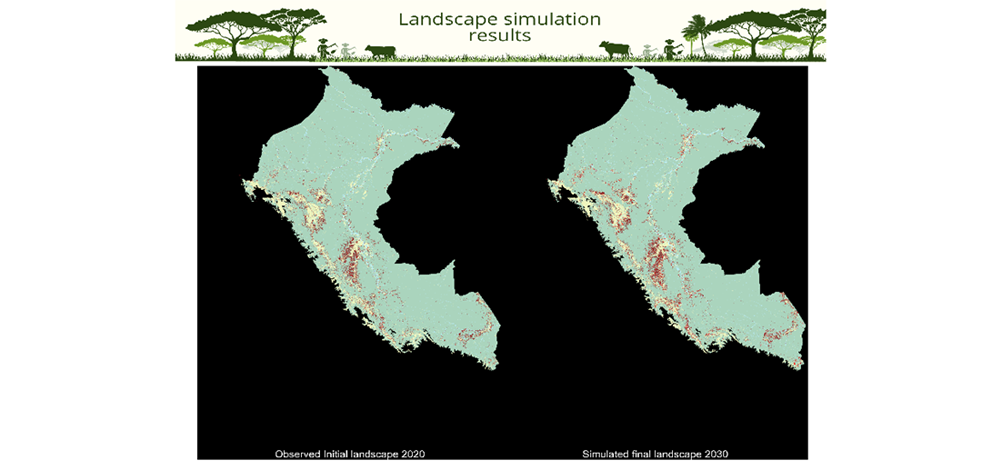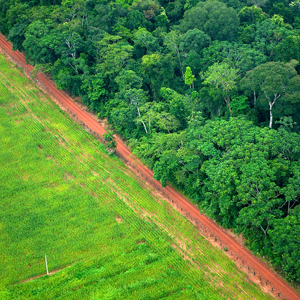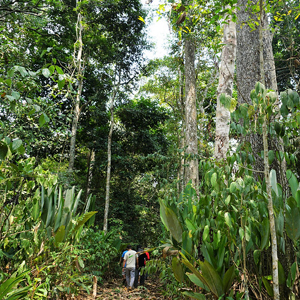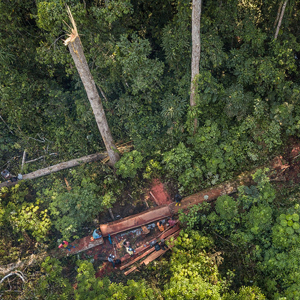Despite promises from world leaders, deforestation in tropical regions has continued at an unsustainable rate, releasing greenhouse gas (GHG) emissions and degrading the environment. Could outcomes improve if forest policies change?
The deforestation and carbon emission simulators are beginning to answer that question.
Aimed at decision-makers, stakeholders and researchers, these tools rely on statistical analysis of environmental and physical variables to predict where deforestation is likely to occur under different policy scenarios in key ecosystems of Brazil, Peru, and the Democratic Republic of the Congo (DRC) up to 2030.
“The platforms will save time and effort for policymakers and planners in a rapidly changing field,” said Richard Van der Hoff of the Federal University of Minas Gerais. “When governments change, this can result in policy changes,” he said, “and the methodology for measuring the results of reductions in greenhouse gas emissions from deforestation and forest degradation (REDD+) is also changing quickly. It’s a lot of work for technical teams in governments, especially at the state and local level, to keep up with all these changes.”


under different policy conditions.
This work was commissioned as part of CIFOR-ICRAF’s Global Comparative Study on REDD+ (GCS REDD+) and developed by researchers at the Federal University of Minas Gerais (UFMG) and the Territorial Intelligence Centre (CIT) in partnership with CIFOR-ICRAF.

Brazil REDD+ Platform
Planners can model forest loss and carbon emissions for the entire biome or focus on a state or municipality. The tool allows them to compare a business-as-usual policy scenario for 2023–2035 with the projected results that could be expected if the nation’s Deforestation Prevention and Control Plans (PPCDs) are fully implemented and enforced.
This tool is currently only available in Portuguese

SimPeru
Users can explore the data for the entire country or filter by region, department, or land-use category – including protected areas, forests zoned for timber production, native communities and peasant communities.
This tool is currently only available in English

SimCongo
Richard van der Hoff
Brazil Country Coordinator, GCS REDD+
Email: richard.vanderhoff@inteligenciaterritorial.org




